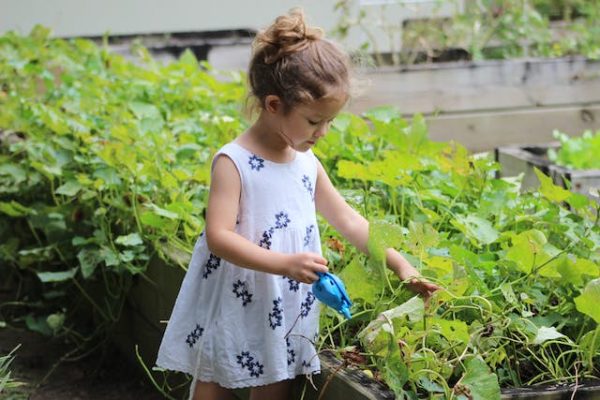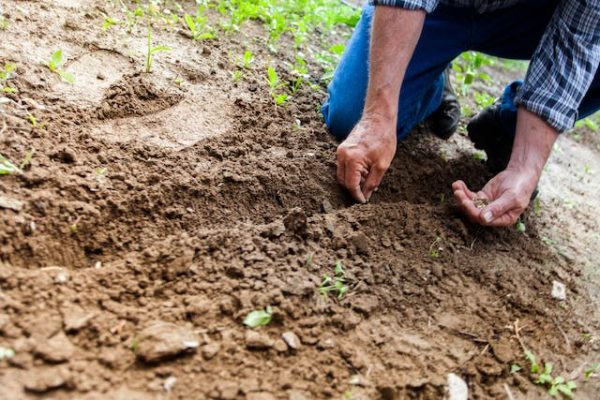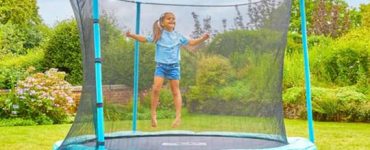In the heart of bustling cities, where concrete and glass dominate the skyline, finding a connection to nature can often seem like a distant dream. However, urban gardening emerges as a beacon of hope, transforming tiny balconies, rooftops, and even window sills into verdant sanctuaries. This blog post delves into the art of urban gardening, offering practical advice and creative solutions to help city dwellers make the most of their limited outdoor spaces.
For those looking to start their urban gardening journey, consider beginning with container gardening. This method is adaptable to various spaces and allows for flexibility in rearranging your garden as it grows. Utilizing services like flower delivery in Washington DC can provide you with locally sourced plants well-suited to the climate and urban environment, ensuring your garden is beautiful and sustainable.
Introduction to Urban Gardening
Urban gardening is more than just a hobby; it’s a lifestyle adjustment that brings a slice of nature into the urban jungle. It is about creating green spaces that beautify the city, contribute to biodiversity, improve air quality, and enhance well-being. Whether you have a small balcony, a rooftop, or just a windowsill, there are myriad ways to integrate plants into your urban environment.
Making the Connection: Bringing Nature Home
One of the first steps in urban gardening is to assess your available space and understand its potential. Even the smallest outdoor space can be transformed into a thriving garden with the right approach.
Maximizing Small Spaces for Urban Gardening
Urban gardening requires creativity to maximize the limited space available. Here are several strategies to help you make the most of your outdoor area:
Vertical Gardening
Utilize vertical space by installing wall planters and shelves or creating a trellis for climbing plants. This approach saves floor space and adds visual interest to your garden.
Container Gardening
Containers are versatile and can be used on balconies, patios, and windowsills. They allow for easy mobility and can be customized to fit the aesthetic of your space.
Choose the Right Plants
It is crucial to select plants that are suited to your environment. Consider the amount of sunlight your space receives and choose plants that will thrive in those conditions. Opt for native species or those adapted to similar urban conditions, as they tend to be more resilient and require less maintenance.
Integrating Edible Plants
Urban gardening isn’t limited to ornamental plants; incorporating edible varieties can significantly enhance the functionality and beauty of your space. Herbs, leafy greens, and compact fruit and vegetable varieties are particularly well-suited for small spaces, offering fresh produce at your doorstep. Selecting high-yield and compact growth habit plants can maximize your garden’s productivity. For instance, dwarf fruit trees and climbing vegetables like beans and tomatoes alongside herbs such as basil, mint, and cilantro make excellent choices for maximizing yield and aesthetic appeal.
Implementing companion planting can enhance plant health and productivity by strategically placing plants that benefit each other nearby. Additionally, employing vertical structures for vining crops can drastically increase the amount of food you can grow, efficiently using limited space. Seasonal planting of rotating crops throughout the year ensures a continuous supply of fresh produce while keeping the soil healthy.
Water Management
Efficient water management is essential in urban gardening to ensure plants receive the consistent moisture they need, especially for those in containers that tend to dry out quickly. Setting up a drip irrigation system or using self-watering containers can provide a steady water supply to plants with minimal waste. Collecting rainwater offers a sustainable watering option, reducing the reliance on tap water.
Applying a layer of mulch around plants helps retain soil moisture, reduces evaporation, and suppresses weed growth, with the added benefit of enriching the soil as organic mulches decompose. Improving the soil’s water retention capability with organic matter like compost or coco coir helps the soil hold moisture better and supports healthy root development. To minimize water loss to evaporation, it’s advisable to water plants during the cooler parts of the day, such as early morning or late evening. Adapting your watering schedule based on weather conditions and the specific needs of your plants can further optimize water use and ensure your urban garden thrives.
Pollinator-Friendly Plants
Plants that attract bees, butterflies, and other pollinators are vital for supporting local ecosystems and play a crucial role in ensuring the health and productivity of your garden. Incorporating such plants can transform your urban garden into a bustling hub of nature’s most efficient workers, aiding in pollination and ensuring the growth of healthy fruits and vegetables. Lavender, marigolds, and sunflowers are among the top choices for urban settings, thanks to their ability to thrive with relatively low maintenance and high attractiveness to pollinators.
In addition to these, consider adding other pollinator-friendly plants like salvia, zinnias, and cosmos, which also offer vibrant colors and interesting textures to enhance the aesthetic appeal of your space. Planting various flowering plants that bloom at different times of the year can provide a continuous source of food for pollinators, making your garden a year-round destination for these vital creatures. Furthermore, incorporating native plants into your garden can significantly impact them, as they are often more adapted to the local climate and soil conditions and can better support native pollinator species.
Challenges and Solutions in Urban Gardening
Despite its many benefits, urban gardening has challenges, including limited space, potential restrictions from landlords or homeowners associations, and environmental stressors like pollution. However, with a bit of ingenuity, these challenges can often be turned into opportunities.
- Dealing with Restrictions: If your building management restricts your gardening, consider portable or temporary gardening solutions that don’t require permanent modifications. Engage with your community or neighbors to find shared spaces that could be transformed into communal gardens.
- Combatting Pollution: To mitigate the effects of urban pollution on your garden, incorporate plants known for their air-purifying qualities, such as ferns, spider plants, and peace lilies. Regularly wiping leaves and providing adequate water and nutrients can help plants cope with pollution stress.
Conclusion
Urban gardening offers a rewarding pathway to reconnecting with nature, even in the densest cities. By strategically using available space and selecting the right plants, city dwellers can create lush, productive green spaces that enhance their quality of life and contribute to the well-being of the urban environment. Whether you’re a seasoned gardener or a green-thumbed novice, the possibilities for urban gardening are as vast and varied as the cities themselves. With creativity, patience, and effort, even the smallest of spaces can bloom into a vibrant oasis, bringing beauty, biodiversity, and a touch of the wild into the city’s heart.





















